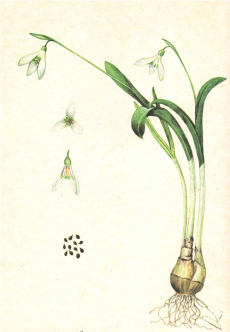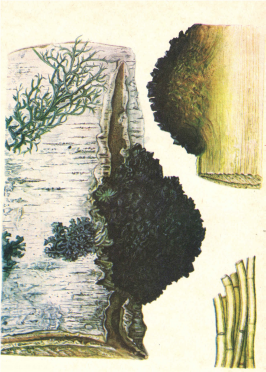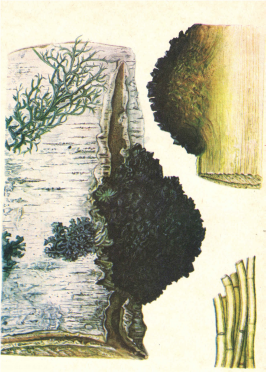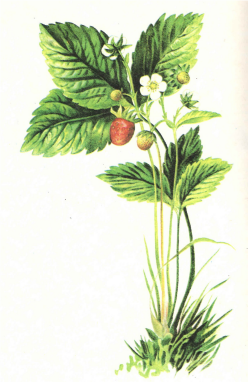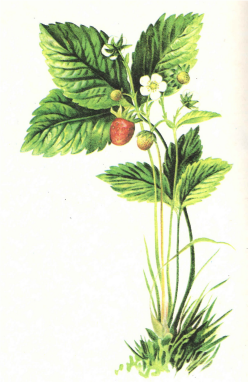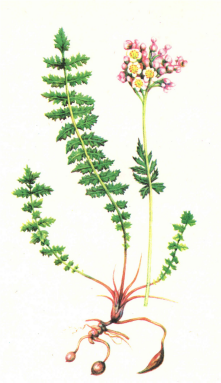Planta perenne pequeña con un bulbo membranoso (de hasta 3 cm de diámetro) rodeado de escamas parduzcas. Desarrolla dos hojas basales; las hojas son largas (20–25 cm), lineales. El tallo floral tiene la misma longitud que las hojas y lleva una única flor colgante. El perianto es simple, blanco, con seis tépalos de tamaños variados (a diferencia de Leucojum, donde los seis tépalos tienen el mismo tamaño). Los tres tépalos externos son más largos y de forma ovalada, mientras que los tres internos son más cortos y tienen puntas verdes.
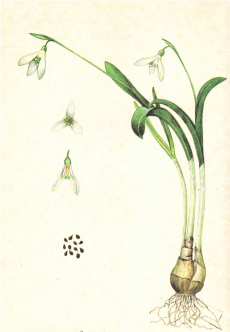
Florece a principios de primavera. En su forma silvestre, se encuentra únicamente en los bosques de las estribaciones del Cáucaso Occidental. Los bulbos se recolectan para obtener alcaloides. El contenido de alcaloides varía entre el 0,5% y el 1,38%. Se han aislado varios alcaloides, siendo el principal la galantamina. Otros alcaloides, como la galantina y la galantidina, no tienen importancia médica. Es de interés teórico la afinidad bioquímica de las plantas, demostrada por la identidad de la galantidina con la licorina.
El hidrobromuro de galantamina es un medicamento anticolinesterásico. Su acción es similar a la de la eserina y la prostigmina, pero es menos tóxico. Se utiliza para tratar la miastenia, la poliomielitis, la polineuritis, la radiculitis y otras afecciones. La galantamina ayuda a restaurar el movimiento en los músculos afectados. Se produce en ampollas de 1 ml con soluciones al 0,1%, 0,25%, 0,5% y 1%; se prescribe en dosis de 0,5 ml, ajustadas según la edad y el efecto terapéutico.
En Bulgaria, se produce un preparado similar bajo el nombre Nivalin a partir de Galanthus nivalis L. La demanda de galantamina es tan alta que ahora se utilizan otros dos géneros de la familia Amaryllidaceae, que también contienen galantamina, para su producción


